 The predatory sponge Axoniderma mexicana found in the Clarion-Clipperton Zone. thousands of species unknown to science, according to several new studies.
The predatory sponge Axoniderma mexicana found in the Clarion-Clipperton Zone. thousands of species unknown to science, according to several new studies.
Miners are eyeing the abyssal plain stretching between Hawaii and Mexico, known as the Clarion-Clipperton Zone (CCZ), for rock-like «nodules» scattered across the seafloor that contain minerals used in clean energy technologies such as electric vehicle batteries.
The deep ocean, devoid of light, was once thought to be a veritable underwater desert, but as interest in mining has grown, scientists have begun to explore the region, studying its biodiversity. Much of the data over the past decade has come from commercially funded expeditions.
And the more they search, the more they find, from the giant sea cucumber dubbed the «jelly squirrel» and the shrimp with a set of elongated, bristly legs, to the many different tiny worms, crustaceans and mollusks that live on Earth. in the mud.
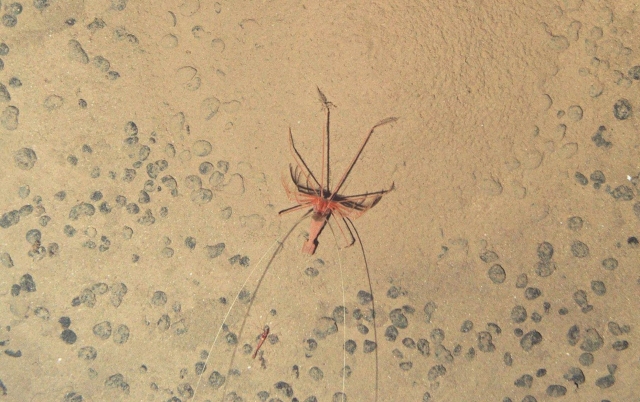 'mountain building' a shrimp photographed by an autonomous marine robot during an expedition to the Pacific Northeast Abyss. Photo: AFP Clarion-Clipperton Zone. Photo: AFP.
'mountain building' a shrimp photographed by an autonomous marine robot during an expedition to the Pacific Northeast Abyss. Photo: AFP Clarion-Clipperton Zone. Photo: AFP.
This heightened concerns about controversial deep sea mining proposals as the International Seabed Authority on Friday agreed a two-year roadmap to adopt deep sea mining regulations despite calls from conservationists for a moratorium.
The Abyssal Plains, more than three kilometers underwater, cover more than half of the planet, but surprisingly little is known about them.
This is the “final frontier,” said marine biologist Eric Simon-Lledo, who led the study, published Monday in the journal Nature Ecology and Evolution, which mapped the distribution of animals in the WGW and found a more complex set of communities than previously thought.
«Every time we make a new dive, we see something new,» said Mr Simon-Lledo of the British National Oceanographic Centre.
The campaigners say this biodiversity is a true treasure of the deep sea, and warn that mining could pose a serious threat as they form huge plumes of previously pristine sediment.
The nodules themselves are also unique habitat for specialized creatures.
“With modern science, there is no circumstance under which we would support seabed mining,” said Sophie Benbow of the NGO Fauna and Flora.
< p>The scientists say the CCZ owes its age and size to the unique creatures found there.
 Glass sponge from the family Euplectellidae. from the British Museum of Natural History, co-author of a study with Mr. Simon-Lledo and the first complete list of species in the region, published in Current Biology in May.
Glass sponge from the family Euplectellidae. from the British Museum of Natural History, co-author of a study with Mr. Simon-Lledo and the first complete list of species in the region, published in Current Biology in May.
This study showed that more than 90% of the species recorded in the CCZ — about 5,000 species — are new to science.
This region, considered practically barren before research began in the 1970s, is now considered more diverse than Indian Ocean, Mr. Glover said. Antarctica, but that you have to go much further in the CCZ to find the same creature twice.
Scientists can now also use autonomous submersibles to explore the seabed.
This is what helped Mr. Simon-Lledo and his colleagues discover that corals and brittle stars are common in the shallower eastern regions of the CCZ, but virtually absent in deeper areas where you can see more sea cucumbers, glass lips ok and soft-bodied sea anemones.
He said that any future mining regulations would have to take into account that the distribution of animals in the area is “more complex than we thought.”










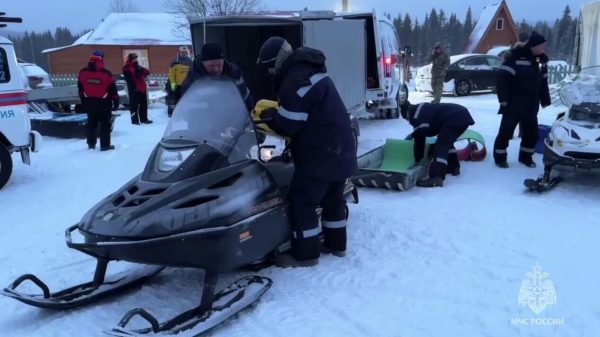






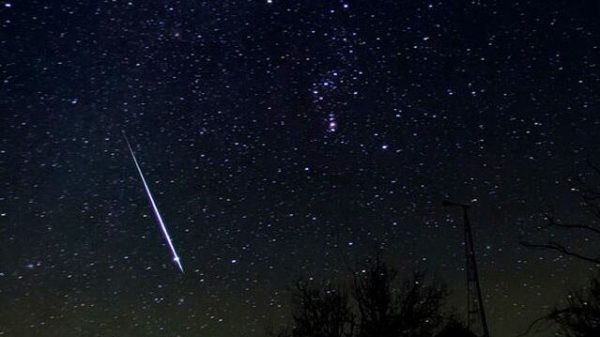


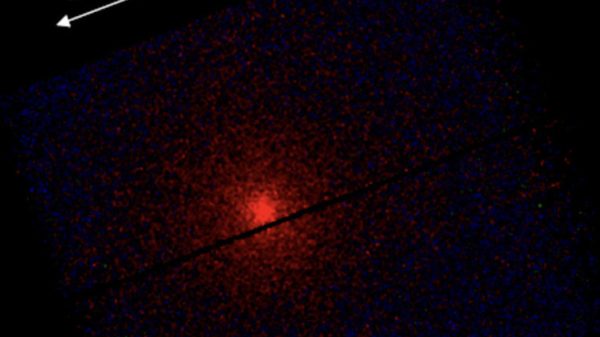












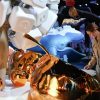





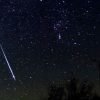














Свежие комментарии